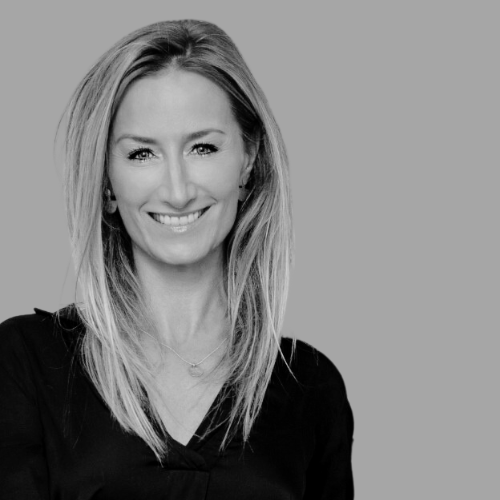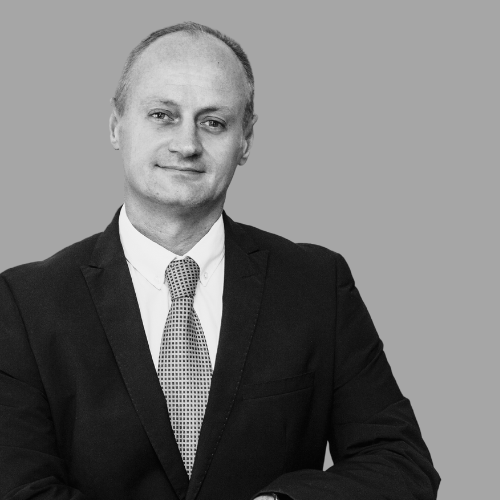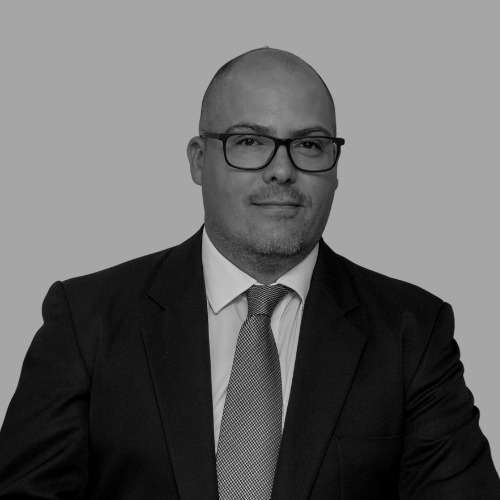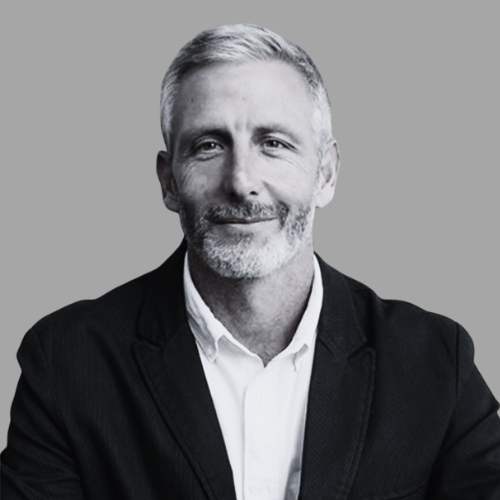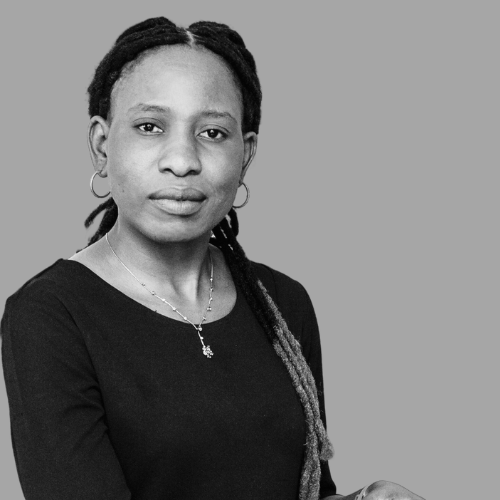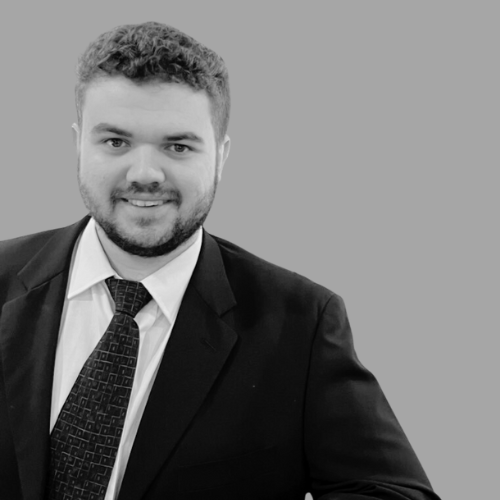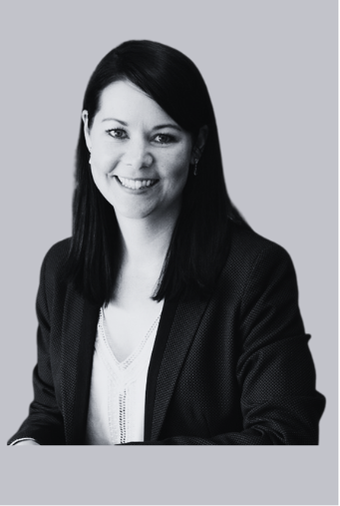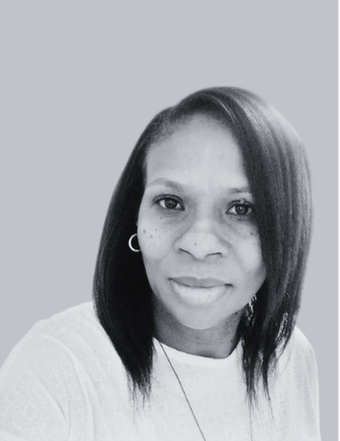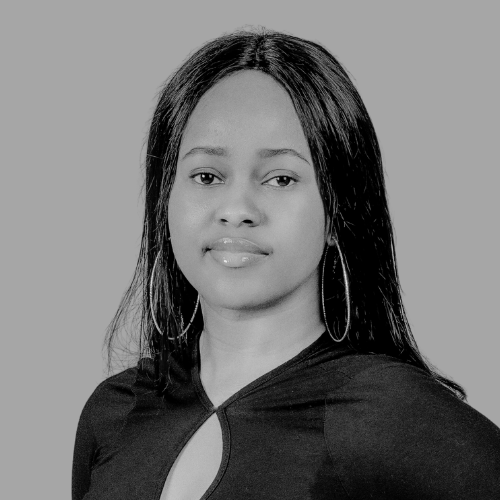Despite taking steps to save, millions of South Africans are at risk of having to make significant lifestyle-related downgrades when they are no longer actively earning an income. Being able to retire comfortably is one of the most common goals when it comes to long-term financial planning. Most of us will reach a point in our lives where we are no longer generating a regular income to cover our living expenses and will need to draw one from our accumulated savings. Sadly, many investors face the realisation that they simply do not have the money to maintain the lifestyle they have become accustomed to, even though they thought they had taken right steps to save for retirement. Worse, this realisation often occurs when there isn’t enough time to do anything about it.
How much money do we need for a comfortable retirement?
One of the reasons we miss the mark is that we don’t really understand how much money we will actually need at retirement. Rule of thumb suggests that you need to be able to replace at least 75% of your final income at retirement age to maintain a similar standard of living. This generally means that we should be saving anything from 12% to 17% of our income from the day we start working. According to a recent retirement industry survey that explored the retirement saving habits of income-earning South Africans, the average South African retiree can replace just 31% of their income with their retirement savings. In real terms, this means that after working for decades, most of us will be forced to live on less than a third of our preretirement income or face the very real risk of outliving our retirement savings. Our retirement savings must outlive us as opposed to us outliving our retirement savings. The data from the survey also shows that just 9% of retirees are able to replace 80% or more of their income. This means that many retirees will inevitably become reliant on the financial support of loved ones to make ends meet or have to find ways to continue generating an income. If there isn’t enough saved to retire the way you want to, a person will have to retire later, or draw a smaller income in retirement, which usually isn’t an option.
Many of us get off to a great start, we proactively start a retirement annuity or join an employer’s umbrella fund, start a Tax-Free Savings earmarked for the long-term, and continue to make regular contributions to these investments and forget about them for many years – on the assumption that we are on track and that our financial needs will be taken care of when retirement comes. And that is where it ends. However, as with any goal, investing for retirement requires us to set specific targets and perform regular reviews to ensure that the actions we are taking will lead to the desired outcomes. When it come to Tax-Free Savings accounts or discretionary investments, we also tend to access these funds too freely as opposed to allowing them to grow for the long-term and treating them as retirement savings.
Given that accumulating sufficient retirement savings takes decades, a person needs to consider the factors that may shift the goal posts over time, these are as follows:
Markets can be volatile – While investing for retirement is a long-term exercise, over shorter periods, the markets can be volatile. Attempting to time the periods of volatility can be detrimental, as switching in and out of funds can lock in losses and negatively impact your final outcomes. There is a lot of truth in the saying that time in the markets is important and not timing the markets.
Inflation will affect your buying power – Inflation is a buzzword around the world at the moment – and for good reason. Following the economic response to COVID-19, we currently find ourselves in a changing inflationary environment. These types of changes are not unique to the pandemic, as economic environments change all the time.
To protect the buying power of your investments, you need to make sure the returns achieved are greater than inflation. To do this, you should take on sufficient risk by investing in growth assets to achieve real returns. Investors who are too conservative when it comes to investing for their retirement may preserve their capital over the short term, but find that their savings have failed to keep up with inflation over the long term.
Lifestyle costs tend to creep higher as we earn more – Over the last few years, consumers have had to absorb rising living costs. We are all spending significantly more on basic needs like electricity, water, food and healthcare than we were just a few years ago. As these costs are directly linked to consumer inflation and have a noticeable impact on our pockets, we are generally cognizant of them.
Lifestyle inflation, or lifestyle creep, is slightly more insidious. Over time, as we earn more money, we tend to gradually increase our discretionary spending. As we progress in our careers, we may spend more on clothing, housing and cars. We may also use our additional income to travel, swap fast food for fine dining and spend more on entertainment. The real problem with lifestyle creep is that it happens so slowly that we usually don’t take note of it. Unless you are keeping track of your living costs by keeping a budget, it becomes easy to lose sight of how much you are really spending to maintain your lifestyle. If you do not factor in the true cost of your lifestyle when planning for your retirement, you will inevitably experience a shortfall when you are solely reliant on your retirement savings. One reason for this is that the contributions you made in the early years were based on your income and lifestyle at that time, and you may have to account for this discrepancy in your current contributions.
We are living longer – Projections of how much money we need to retire comfortably are often based on the average life expectancies at the time of initiating our retirement investments. Increased longevity means funding a longer period in retirement. In addition to our ordinary living and lifestyle costs, we also need to factor in the additional healthcare and specialised housing costs that often accompany getting older. It is becoming more and more likely that young professionals may need to prepare to fund more than 30 years in retirement.
Our circumstances change over the course of our lives – Our lives are coloured by important events, like marriage, divorce, births, deaths, illness and injury. These events often have a lasting impact on our financial responsibilities. You may find that you need to stretch your retirement income to support loved ones who remain financially dependent on you, or make provision for your own ongoing medical expenses.
Take action to ensure a dignified retirement – The easiest way to mitigate the risk of not having enough money when you retire is to perform an annual review of your retirement investments to ensure that your projections are accurate and that your contributions are sufficient to meet your end goals. It is reasonable to expect that your goals and responsibilities at the age of 25 will have shifted significantly by the time you are 65. You can also use this opportunity to update the nominated beneficiaries of your retirement investments in order to ensure your assets are distributed according to your wishes.
Those of us who save for retirement via our employers often make the mistake of anchoring on the default contributions suggested by the employer’s retirement saving schemes when we start working. In most cases, this means that we are not saving nearly enough. You can remedy this by supplementing these savings with regular or lump sum contributions to a retirement annuity in your own name. You can also supplement your existing retirement savings with contributions to a long-term investment product, such as a tax-free investment or unit trust investment, which can help you increase the amount of discretionary cash available to you at retirement in order to supplement any shortfall in income from your retirement savings.
In addition to regularly reviewing your retirement plan, there are a number of things you can do to improve your financial position at retirement:
- Maintain a realistic monthly budget throughout your life to remain aware of your true lifestyle and living costs. This will help you develop a real understanding of how much income you will need in retirement.
- Preserve your retirement savings when you change jobs. It may be tempting to access this money, but even the smallest withdrawal can have a significant and lasting impact due to erosion of capital, but more importantly, the tax implications.
- Manage your debt. When you retire, you may still need to pay off a bond or other debt. These obligations will reduce the amount of money you will have available for your other expenses.
A professional perspective can drastically improve your outcome. There are a number of general guidelines that can help you determine how much you should be saving towards your retirement, taking your time horizon and age into account. However, when it comes to retirement, it is dangerous to adopt a one-size-fits-all approach. At Least an annual consultation with your Resolute Wealth Management Advisor is imperative and will be incredibly useful. They can help you explore your unique circumstances as they assess your current living costs and help you determine how much you need to save at your current life stage for a comfortable retirement. They can also provide you with an informed, holistic perspective of your financial position and give you the tools to ensure that you avoid reaching a financial day zero in your retirement years.


